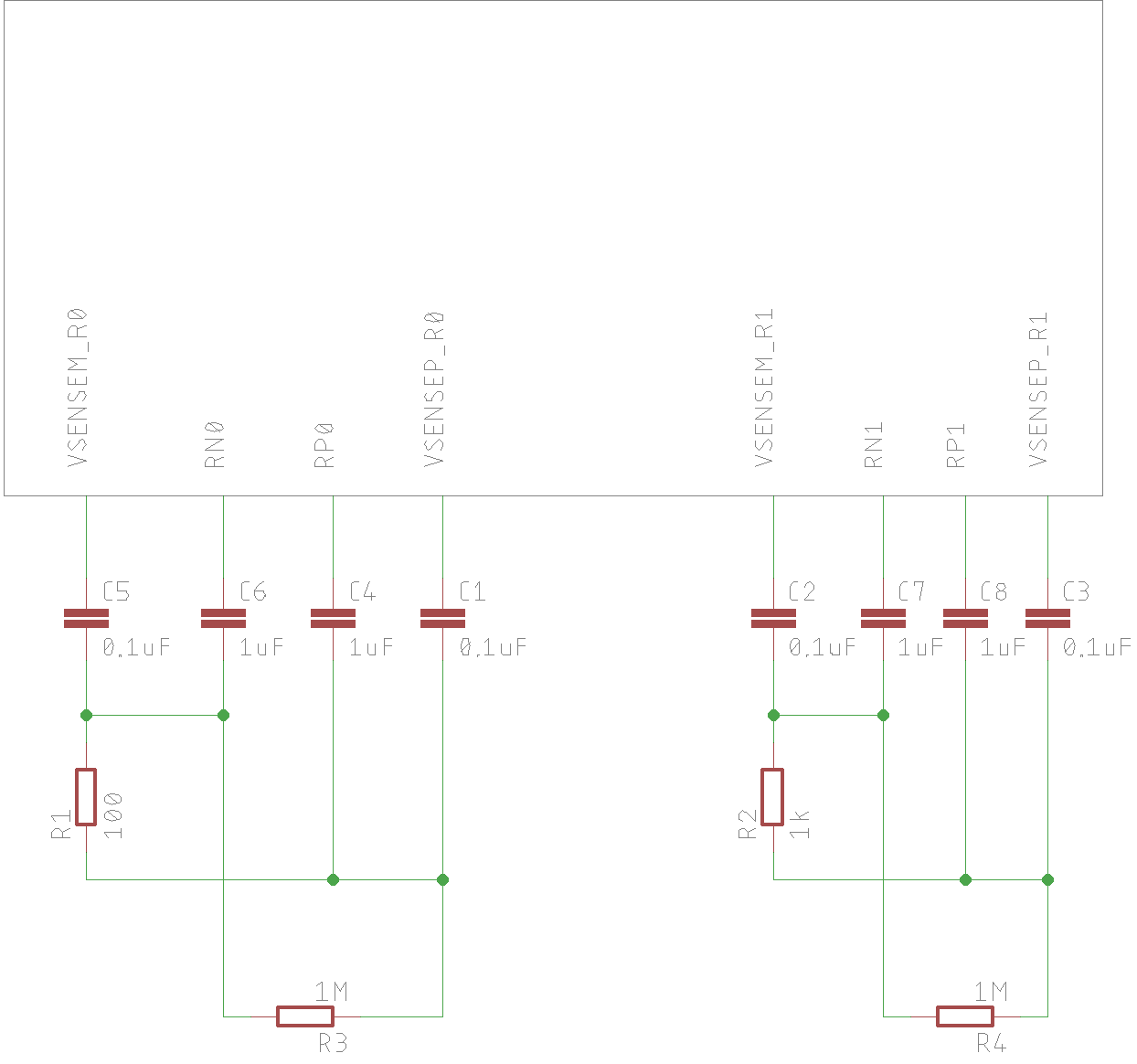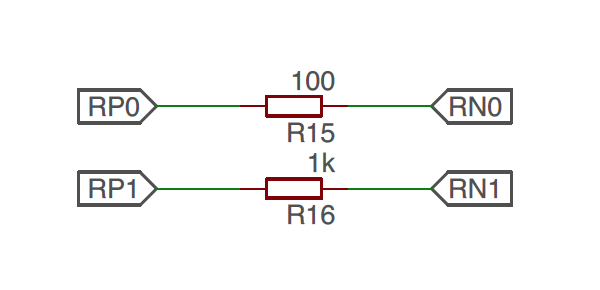Hi,
I use this reference to calibrate AFE4300 http://www.ti.com/lit/an/sbaa202/sbaa202.pdf and I use IQ mode (almost the same for FWR mode)
My calibration connection looks like:
To completely understand full proccess of calibration I have several questions:
1. Measure the resistance of reference resistors Rx and Ry using the multimeter
My setup uses 2 resistors, should I use multimeter to measure the value of this one or it's enough the nominal value marked on resistors (I mean 100 Ohms and 1kOhms)
2. Measure the I, Q voltage across Rx and Ry from AFE4300 in I/Q mode
How can I measure it, I mean should I place electrodes from IOUT to each one resistor and to get I and Q of Rx and I and Q of Ry? There is a comment in the document that
the ADC code for I channel of reference resistor Rx was 7625, ADC code for Q channel for reference resistor Rx was –4096
But how can I use Ry in this case? I mean i.e. I got I and Q of Rx and I and Q of Ry, the note shows that I have to use only I, Q of Rx
3. Set AFE4300 DAC frequency to 8 kHz and Measure the I, Q voltage of the sample Impedance network from AFE4300 in I/Q mode
What is sample impedance network? In the example is written
The series RC impedance network is a 549.5-Ω resistor in series with a 4% accurate 0.111-µF capacitor.
Should I attach external Resistor and Capacitor in series to get this sample? Again should I measure in place IOUT before resistor and after capacitor?
4. Repeat Step 4 through Step 7 for 16, 32, and 64 kHz
For example I got:
8kHz: -0.12% error for magnitude and -0.11% error for phase
16kHz: -0.10% error for magnitude and -0.12% error for phase
32kHz: -0.09% error for magnitude and -0.14% error for phase
64kHz: -0.11% error for magnitude and -0.11% error for phase
How can I get the full percentage errors, because to calculate BCM I have to use 50kHz, what are the values I have to use to compensate my measurement? Does it mean that I have to calculate the average values?
5. How to choose the correct values of Resistors and Capacitor for calibration and RC network
The document offers to use 698.4 Ω at Rx, and 949.1 Ω at Ry for calibration, mine are 100 Ohms and 1000 Ohms, is it ok? What is the way to choose them?
Also RC network uses 549.5-Ω resistor in series with a 4% accurate 0.111-µF capacitor, may I use another one, and how can I choose them, what's rule?
6. I know that every time when I use my AFE4300 I must start with calibration,
does it mean that my circuit should have RC series network connected to IOUT and may I use not IOUT 0 , I mean another channel, so then if I connect them I can't use this channel to measure body impedance? (btw, can I set IOUTx channel as not used in register when it connected to RC network and I gonna measure body impedance)
7. ADC of calibration resistors
Am I right that the ADC of calibration resistors is the value Of I and Q of Rx?
Thanks in advanced!



